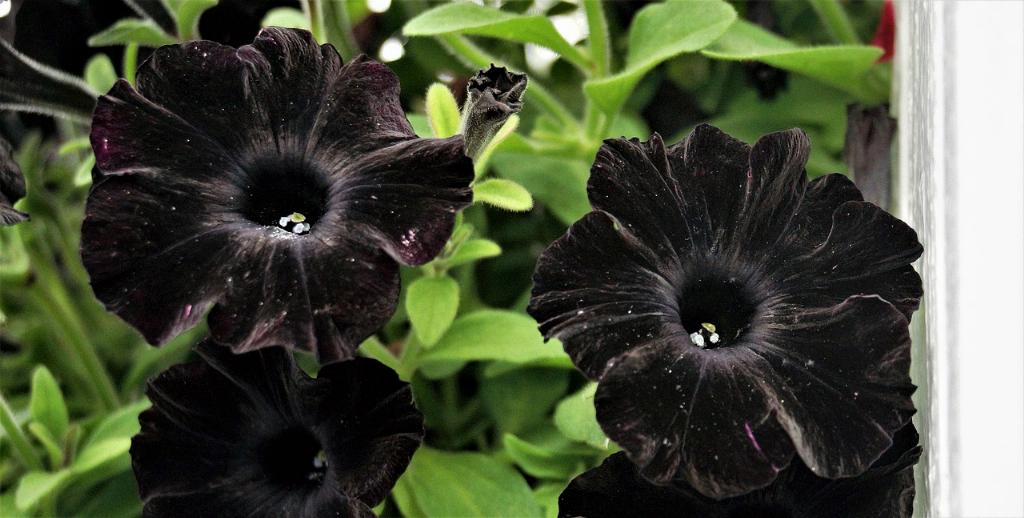Deadheading petunias might sound a bit gruesome if you’re new to gardening, but rest assured, it’s merely a beneficial practice that keeps your petunias looking fresh and vibrant. Let’s dive in—deadheading refers to the removal of faded or dead flowers from plants. This process not only helps improve the appearance of your garden but also encourages healthier plant growth. By removing these ineffective parts, you redirect the plant’s energy from seed production to developing more blooms and stronger foliage. Particularly for petunias, which are prolific bloomers, regular deadheading can significantly extend their blooming period, ensuring that your garden remains a riot of color all through the growing season.
Choosing the Right Time to Deadhead Your Petunias
Timing is everything! The best time to start deadheading your petunias is when you notice the flowers beginning to fade and lose their vibrant color. This typically begins a few weeks after they’ve started blooming. Petunias tend to bloom throughout the summer, so regular checks are crucial. Aim for a cool part of the day, such as early morning or late evening, to reduce stress on the plants. This timing helps the petunias recover faster and with greater ease.
Essential Tools for Deadheading Petunias
You don’t need a toolbox full of gadgets, but a few key tools will make the process of deadheading petunias a breeze. Sharp scissors or pruning shears are perfect, as a clean cut will help prevent damage to the delicate stems. It’s also handy to keep a small bucket or container with you to collect the spent blooms. This keeps your garden tidy and makes the cleanup process easier. Don’t forget gloves to protect your hands from sap and prickles!
Step-by-Step Guide to Deadheading Petunias
Ready to get your hands dirty? Start by examining your petunias and identifying the faded or dead flowers. Grasp the stem just below the flower head and use your scissors to make a clean cut. It’s vital to cut back to the first set of healthy leaves; this encourages the plant to produce new and vigorous growth. Repeat this throughout your petunia plants, focusing on the flowers that are past their prime.
Common Mistakes to Avoid When Deadheading
Overzealous snipping tops the list of common errors. It’s crucial not to remove healthy blooms or buds along with the spent flowers. Another common pitfall is using blunt tools, which can damage stems and leave jagged cuts that make the plants susceptible to disease. Keeping your tools clean and sharp will help you avoid these issues and keep your petunias in top shape.
Benefits of Regularly Deadheading Petunias
Why go through the effort? Regular deadheading directs the plant’s energy into stronger development rather than seed production. This not only results in more flowers but also improves the overall health and vigor of the plant. Additionally, removing dead material minimizes the risk of pests and diseases taking hold. It’s a small task with big returns, ensuring that your petunias look lush and lovely longer.
Tips for Keeping Petunias Blooming All Season
Besides regular deadheading, ensure your petunias have enough water and sunlight. They thrive in sunny spots with at least six hours of direct sunlight every day. Regular feeding with a well-balanced fertilizer also promotes continuous blooms. Moreover, don’t hesitate to give your petunias a light trim; this can rejuvenate the plants especially during the mid-season slump.
Troubleshooting Common Issues After Deadheading Petunias
Sometimes, despite your best efforts, petunias can look limp or unhealthy after deadheading. Often, this is a watering or nutrition issue. Ensure consistent watering, particularly during hot spells, and consider a water-soluble fertilizer to give them a boost. If the plants continue to struggle, check for signs of pests or disease. Early intervention is key to recovery.

Conclusion: Enhancing Your Garden with Proper Petunia Care
Ultimately, maintaining vibrant and healthy petunias is all about regular upkeep. With consistent deadheading, you not only maintain the aesthetic appeal of your garden but also reinforce the health of your plants. So, grab those shears, and as you snip away the old, you’ll be rewarded with a flush of new growth and a garden full of life and color! Remember, a little effort goes a long way in gardening.
